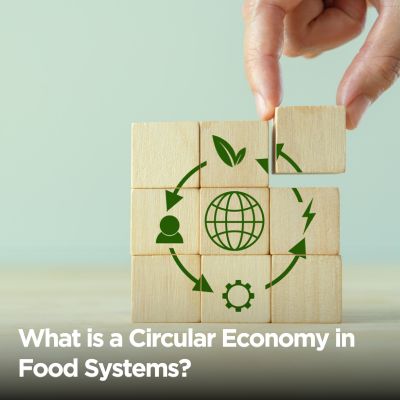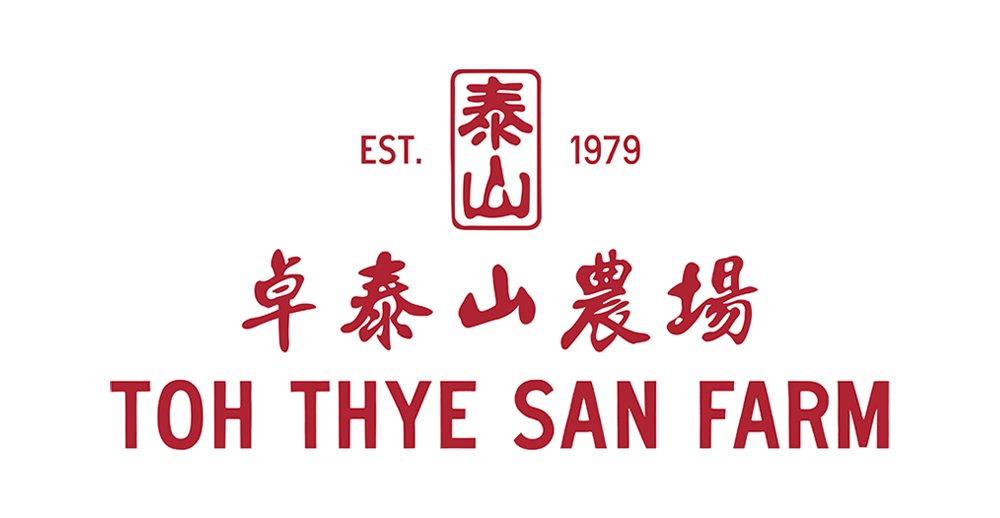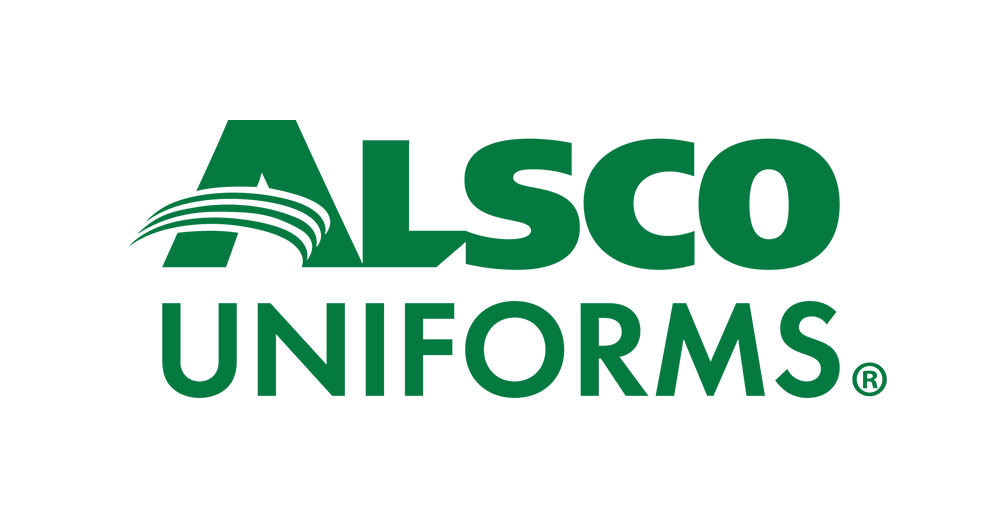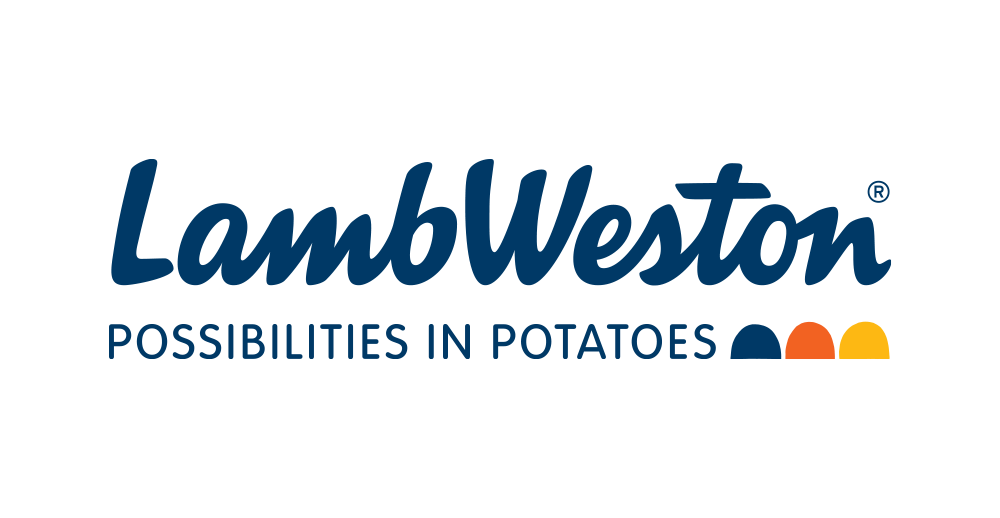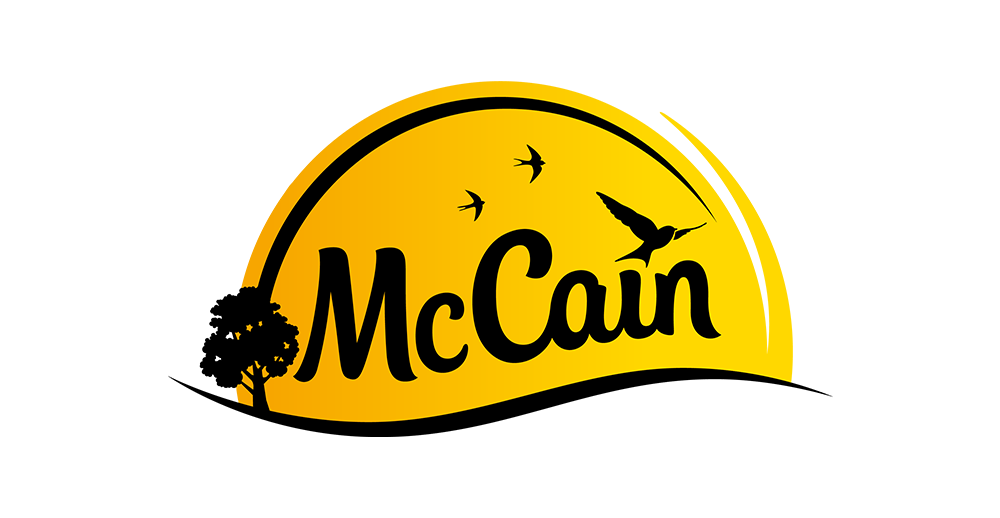In recent years, there’s been a growing global interest in finding new ways to get the protein we need. As people become more aware of the impact of their food choices, alternative proteins are becoming a hot topic.
But what are alternative proteins? Simply put, they are protein sources that don’t come from traditional livestock like cows, chickens, or pigs.
Environmental and ethical concerns drive the rise of protein alternatives. Conventional meat production uses a lot of land and water, creating significant greenhouse gas emissions.
Moreover, many people seek sustainable protein sources that don’t harm animals.
The demand for meat substitutes for protein is rapidly increasing, with the market for non-animal protein expected to reach $290 billion by 2035. This shift represents a significant change in how we think about our food and its impact on the planet.
What Are Alternative Proteins?

Alternative proteins refer to protein sources other than traditional meat, such as beef, chicken, or pork.
These include plant-based protein options like beans, lentils, and quinoa and innovative products like plant-based meat, which mimic the taste and texture of real meat but are made entirely from plants.
Alternative protein sources are significant because they can provide the necessary nutrients without conventional meat production’s environmental and ethical drawbacks.
As the global population continues to grow, finding protein substitutes that are sustainable and accessible becomes increasingly essential.
By exploring these non-animal protein options, we can reduce our reliance on traditional livestock, decrease our environmental footprint, and offer more choices for people looking to diversify their diets.
Types of Alternative Proteins
As the demand for sustainable protein continues to grow, various categories of alternative proteins have emerged to meet the needs of health-conscious and environmentally-aware consumers.
These include plant-based protein, cultured meat, fermentation-derived proteins, and insect proteins. Let’s explore each of these in detail.
1. Plant-Based Proteins
Plant-based proteins are derived from plants and have gained immense popularity as meat substitutes for protein. Familiar sources include beans, lentils, chickpeas, and quinoa.
These protein-rich foods are not only nutritious but also versatile, making them easy to incorporate into a variety of dishes.
Alternative protein companies like OmniMeat (Hong Kong) and NEXTGEN Foods (Singapore) are leading the way in producing plant-based meat alternatives in Asia.
OmniMeat offers a range of products, including plant-based burgers, sausages, and even dumplings that mimic the texture and taste of pork.
NEXTGEN Foods, known for its “TiNDLE” brand, focuses on creating plant-based chicken alternatives, including nuggets and patties designed to appeal to meat lovers while being entirely made from plants.
These alternative protein sources are becoming increasingly popular as consumers seek out protein alternatives that are not only healthy but also better for the environment.
2. Cultured Meat
Cultured meat, also known as cultivated meat, is produced by growing animal cells in a controlled environment without raising and slaughtering animals.
This innovative approach allows for the creating of natural meat products, such as lab-grown pork, beef, and seafood, but with a significantly reduced environmental impact.
Shiok Meats (Singapore) is at the forefront of developing cultured meat products in Southeast Asia. The company is focused on producing lab-grown pork and seafood, including shrimp and crab.
By cultivating cells from animals in a lab, Shiok Meats aims to offer sustainable foods that can meet the region’s demand for meat without the downsides of traditional animal farming.
3. Fermentation-Derived Proteins
Fermentation is an age-old process that has been repurposed to produce non-animal protein. Through techniques like precision fermentation, scientists can produce complete proteins or specific amino acids by using microorganisms such as yeast or fungi.
This method allows protein-rich foods to replace meat. Companies like MycoTechnology (Singapore) are pioneering mycoprotein-based ingredients derived from fungi to create alternative meat products.
Mycoprotein is high in protein and low in fat and cholesterol, making it a healthy option for those looking to reduce their meat consumption.
Similarly, Sophie’s Bionutrients (Vietnam) uses fermentation technology to create fermented soy protein, which can be used in various alternative meat products.
4. Insect Protein
Insect protein is another alternative gaining attention for its sustainability and nutritional value.
Insects are a rich source of protein, healthy fats, vitamins, and minerals, and they require significantly fewer resources to farm than traditional livestock. This makes them an excellent option for sustainable foods.
In Southeast Asia, countries like Thailand and Laos have established insect farming practices for food.
Insects such as crickets, grasshoppers, and mealworms are commonly consumed and are increasingly being processed into protein powders and other food products that can serve as meat substitutes for protein.
While eating insects might seem unusual to some, the potential for insect protein to become a mainstream protein alternative is significant, particularly in regions where insect consumption is already a part of the culinary tradition.
Why Choose Alternative Proteins?

As the world faces increasing environmental challenges and ethical concerns, more people are turning to alternative proteins.
These protein substitutes offer numerous benefits that make them an attractive option for those looking to positively impact the planet and animal welfare, as well as meet the growing global demand for sustainable protein.
1. Reduced Environmental Impact
Choosing alternative protein sources can significantly reduce the environmental footprint associated with food production. Here’s why:
- Lower Greenhouse Gas Emissions: Traditional meat production significantly contributes to greenhouse gas emissions. In contrast, plant-based protein options produce far fewer emissions, helping to combat climate change.
- Water and Land Conservation: Producing plant-based meat alternatives requires much less water and land than raising livestock, reducing strain on natural resources.
- Innovative Solutions: Techniques like cultivated meat and fermentation-derived proteins use minimal resources, generate less pollution, and preserve ecosystems.
2. Promoting Animal Welfare
Ethical concerns about animal welfare are another solid reason for considering protein alternatives. These options help address the issues associated with factory farming:
- Reduction in Animal Cruelty: Traditional farming often involves inhumane conditions. By choosing meat substitutes for protein, we can decrease the demand for factory-farmed meat and reduce animal suffering.
- Ethical Eating: Plant-based protein and cultivated meat allow individuals to enjoy the taste of meat without contributing to animal cruelty.
3. Meeting Growing Demand
With the global population rising, there’s an urgent need to find scalable solutions to meet increasing food demands. Alternative proteins provide a viable way to achieve this:
- Scalable Production: Traditional meat production may struggle to meet future demands without causing severe environmental damage. Protein replacements for meat offer a sustainable solution that can be scaled to feed billions.
- Diverse Options: Innovations like hybrid meat and insect protein offer new ways to provide high-quality, sustainable nutrition, particularly in regions with established practices like insect farming.
Challenges and Considerations
While alternative proteins offer numerous benefits, their widespread adoption faces several challenges. Understanding these hurdles is crucial for companies and consumers as they navigate Southeast Asia’s evolving landscape of protein alternatives.
1. Cultural Acceptance
One significant challenge for alternative protein sources in Southeast Asia is cultural acceptance. Traditional diets in many countries within the region are heavily centered around meat, and introducing non-animal protein options can be met with resistance.
- Cultural Barriers: In many Southeast Asian countries, meat is deeply ingrained in the culinary traditions, making the shift to plant-based protein or cultivated meat difficult for some consumers. For instance, certain dishes with cultural significance may take longer to adapt to meat substitutes for protein.
- Successful Marketing Strategies: Despite these barriers, some companies have successfully marketed their products by aligning them with local tastes and values. OmniMeat, for example, has introduced plant-based meat products that cater specifically to Asian cuisine, such as dumplings and mooncakes. These strategies help bridge the gap between tradition and innovation, making protein alternatives more palatable to a broader audience.
2. Regulatory Hurdles
Navigating the regulatory environment is another significant challenge for companies producing alternative proteins. The regulatory landscape in Southeast Asia varies widely, with some countries being more open to innovation than others.
- Singapore’s Leadership: Singapore has emerged as a leader in regulating and approving alternative protein sources. The country was the first in the world to approve the sale of cultivated meat in 2020, setting a precedent for others to follow. Companies like Shiok Meats benefit from Singapore’s supportive regulatory framework, which encourages innovation while ensuring safety and quality.
- Challenges in Malaysia: In contrast, Malaysia has a more complex regulatory landscape, with stringent guidelines that can slow down the approval process for new food technologies. Companies must navigate these regulations carefully, often requiring extensive testing and compliance with food safety standards before their products can reach the market.
3. Cost and Accessibility
Cost remains a significant barrier to the widespread adoption of alternative proteins. Currently, many protein alternatives are priced higher than conventional meat, making them less accessible to the average consumer.
- High Production Costs: The production of cultivated meat and other sustainable protein sources often involves advanced technology and significant investment, driving up costs. For example, the initial cost of lab-grown meat was prohibitively expensive, though it has been decreasing over time.
- Addressing Cost Challenges: Companies are working to lower costs through technological advancements and economies of scale. As production methods improve and become more efficient, prices are expected to drop, making these alternative protein sources more affordable. Additionally, government subsidies and incentives for sustainable foods could make protein alternatives more accessible to a broader population.
How to Incorporate Alternative Proteins into Your Diet

Incorporating alternative proteins into your diet doesn’t have to be complicated. Whether you’re cooking at home or dining out, there are plenty of ways to enjoy protein substitutes that are both delicious and nutritious. Here are some ideas and tips to help you get started.
Recipes and Meal Ideas
Adding plant-based and other protein alternatives to your meals can be simple and satisfying. Here are a few recipe ideas popular in Southeast Asia:
- Plant-Based Stir-Fry: Use plant-based meat like OmniMeat’s minced pork substitute to create a traditional stir-fry with vegetables, tofu, and favorite Asian sauces. Serve over rice or noodles for a hearty meal.
- Vegan Satay Skewers: Replace meat with marinated tempeh or tofu, grill it, and serve with a rich peanut sauce. This dish offers the flavors of classic Southeast Asian Street food but with a non-animal protein
- Lab-Grown Meat Dumplings: If you have access to cultivated meat, try making dumplings filled with lab-grown pork. This is a great way to enjoy traditional flavors while supporting sustainable protein
These recipes introduce you to alternative protein sources and allow you to enjoy familiar flavors with a modern twist.
Tips for Restaurants
For restaurant owners, integrating protein alternatives into their menu can attract a growing customer base interested in sustainable foods. Here are some tips:
- Menu Integration: Consider offering dishes that highlight plant-based protein or cultivated meat. For example, create a separate menu section dedicated to vegetarian and vegan options that use these ingredients.
- Successful Examples: In Singapore, restaurants like “Love Handle” have successfully incorporated alternative proteins into their menus, offering dishes like plant-based burgers and vegan sushi. In Bangkok, “Broccoli Revolution” is known for its creative use of plant-based protein in Thai-inspired dishes. These restaurants not only cater to vegetarians and vegans but also attract omnivores looking to reduce their meat consumption.
Following these examples, restaurants can expand their customer base and contribute to the growing demand for sustainable protein options.
Consumer Tips
For consumers, finding and using alternative proteins is easier than ever:
- Where to Buy: In Southeast Asia, protein alternatives are available at major grocery stores, specialty health food stores, and online retailers. Brands like TiNDLE can often be found in the plant-based sections of supermarkets.
- How to Use: Start by incorporating non-animal protein into familiar dishes. For instance, substitute plant-based meat for ground meat in your favorite recipes, or add fermentation-derived proteins like mycoprotein to soups and stews for an extra protein boost.
- Experiment and Explore: Be bold and try new things. The world of alternative proteins is expanding rapidly, and experimenting with different products can be a fun and delicious way to diversify your diet.
The Future Impact of Alternative Proteins
Transforming the Food Industry
The evolution of alternative proteins is poised to bring about a profound transformation within the food industry.
As these innovative protein sources gain traction, they are altering the composition of menus, catalyzing a wave of culinary innovation, and redefining consumer expectations.
Menu Diversification
Alternative proteins offer an exciting avenue for diversifying menus in restaurants, cafes, and food establishments.
Plant-based, microbial, and lab-cultured proteins are expanding the ingredients available to chefs, inspiring novel dishes that cater to a broader range of dietary preferences.
Culinary Creativity
The advent of alternative proteins has sparked a surge of culinary creativity as chefs experiment with new flavors, textures, and preparation techniques.
This wave of innovation extends beyond vegetarian and vegan offerings, influencing how traditional animal proteins are reimagined and combined with these alternatives to create unique gastronomic experiences.
Changing Consumer Preferences
Consumer expectations are being recalibrated as alternative proteins challenge conventional notions of protein sources.
Increasingly, health-conscious consumers embrace these alternatives for their perceived health benefits, reduced environmental impact, and ethical considerations.
This shift is encouraging food producers to embrace these evolving preferences.
Sustainable Food Systems
Alternative proteins play a pivotal role in forging sustainable food systems, offering a promising solution to some pressing environmental challenges associated with traditional protein production.
Their remarkable potential to reduce the ecological footprint, lessen the dependence on conventional livestock, and address resource constraints positions them as catalysts in shaping the future landscape of food production.
Reduced Environmental Footprint
One of the standout features of alternative proteins is their lower environmental impact compared to traditional livestock farming.
These proteins produce fewer greenhouse gas emissions, demand less land, and require less water.
This eco-friendly approach aligns with the global push for sustainable and responsible food production.
Less Reliance on Traditional Livestock
Traditional livestock farming has long been criticized for its resource-intensive nature.
Alternative proteins offer an avenue to diversify protein sources and decrease reliance on conventional animal agriculture, easing the pressure on land, water, and feed resources. This shift contributes to more efficient resource utilization.
Addressing Resource Constraints
As the global population grows, feeding a burgeoning world becomes more complex. Alternative proteins emerge as a solution to address resource constraints.
Their ability to produce high-quality protein with reduced inputs positions them as a promising tool in pursuing food security and nutritional sufficiency.
What are Alternative Proteins – FAQs
Are Alternative Proteins Healthy?
Yes, alternative proteins can be very healthy. They often provide essential nutrients like protein, fiber, vitamins, and minerals, and they are typically lower in saturated fats than traditional meat. However, it’s important to choose whole-food-based options and check labels for added ingredients.
Are Alternative Proteins More Sustainable?
Absolutely. Alternative proteins generally have a much lower environmental impact than traditional meat, using fewer natural resources like water and land and producing fewer greenhouse gas emissions. This makes them a more sustainable choice for the planet.
Conclusion
As the global demand for sustainable and ethical food sources grows, understanding what are alternative proteins becomes increasingly vital. These protein alternatives offer health benefits and address environmental and animal welfare concerns.
From plant-based protein to cultivated meat, the variety of options continues to expand, making it easier for consumers and businesses to incorporate them into daily life.
While challenges like cultural acceptance and regulatory hurdles exist, the future of alternative proteins looks promising. Adopting these innovations paves the way for a more sustainable and compassionate food system for future generations.


